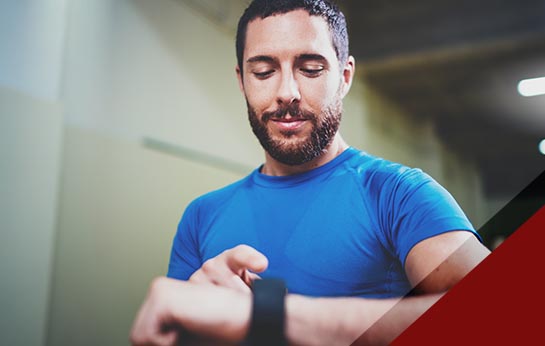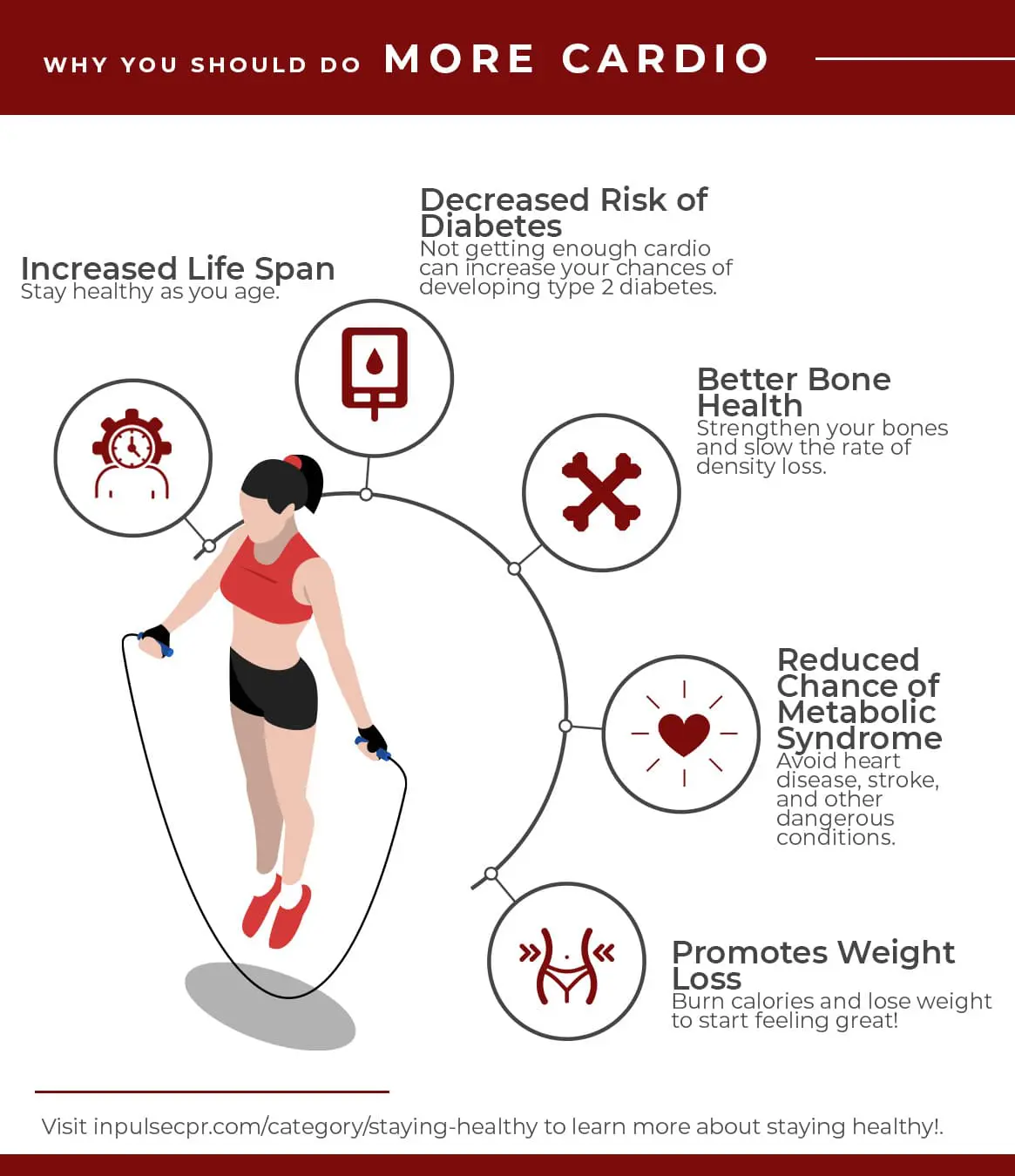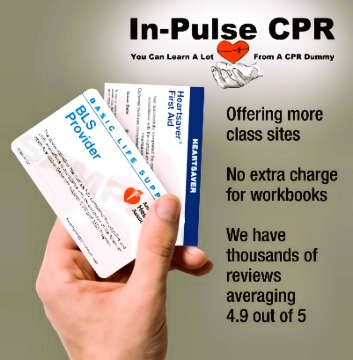Over 40% of all reports regarding energy drinks and U.S. poison control centers involve instances of children beneath the age of six suffering from severe neurological and cardiac symptoms, according to a study presented by the Scientific Sessions of the American Heart Association in 2014.
The somewhat excessive representation of youths is worrying, concerning the number of reports that have emerged regarding serious neurological and cardiac symptoms, according to M.D. Steven Lipshultz, the senior author of the study, and chair of pediatrics at Wayne State University. Lipshultz is also a professor, and chief pediatrician at the Detroit Children’s hospital of Michigan.
Researchers involved in the study carefully analyzed the records between October 2010 and September 2013 regarding the American Association of Poison Control Center’s national data system. This system includes various information calls about energy exposures from healthcare providers and the public to 55 poison control centers in the US. The term ‘exposure’ here refers to the suspected or actual contact an individual has with a substance that has been inhaled, ingested, applied to, absorbed or injected within the body, regardless of clinical manifestation or toxicity. As a result of their analysis, researchers discovered:
- Major to moderate outcomes had been reported in approximately 42% of cases considering energy drinks that may have been mixed with alcohol and 19% of non-alcohol containing cases.
- Within the 5156 cases that were reported of energy drink exposure, around 40% were unintentional exposures by younger children (e.g. unplanned or unforeseen).
- Throughout all age groups that suffered major outcomes, cardiovascular effects, which include conduction abnormalities and abnormal heart rhythms were reported in 57% of all cases. Neurological effects such as seizures and status epilepticus were reported in 55%.
According to the study, energy drinks should not be a part of any pediatric diet, and anyone who may suffer with underlying neurological, cardiac or other medical conditions should consult their healthcare provider regarding the safety of consuming energy drinks.
Some energy drinks contain caffeine of a pharmaceutical grade, as well as additional caffeine taken from natural sources, which can lead to increased rates of blood pressure and a racing heart. Energy drinks that use multiple sources of caffeine have been linked to a higher evidence of side effects, involving the digestive, nervous and cardiovascular systems.
According to Lipshultz, some energy drinks contain around 400mg of caffeine per bottle or can, compared to the 100-150 found in a cup of coffee. Caffeine poisoning can take place in individuals that consumer higher levels than 400mg a day in adults, and higher than 100mg a day in adolescents. For children younger than twelve, caffeine poisoning can take place at over 2.5mg per kilogram of body weight.
Up to now, researchers do not know whether the compounds aside from the caffeine included in energy drinks could contribute to the ill effects that have been noted. Many ingredients have never been tested for their safety in relation to children, and have not been tested in combination either. In 2010, the Food and Drug administration board within the United States banned any pre-packaged energy drinks including alcohol. Since this date, calls made to poison control centers have dropped significantly, supporting the effectiveness of the ban. However, some people still continue to mix their own custom alcoholic energy drinks.
Reports given to poison control centers in the U.S. widely underestimate the issue regarding energy drinks, because a lot of people who suffer illnesses as a result of these beverages do not call the hotlines, and visits to emergency rooms are not included within the statistics. Because of this, the reported data given could only represent the very tip of the iceberg.
Researchers have recently called for the improved labeling of caffeine content drinks, as well as notes regarding the potential health consequences. The hope is to increase the efforts to reduce the exposure of children to energy drinks.





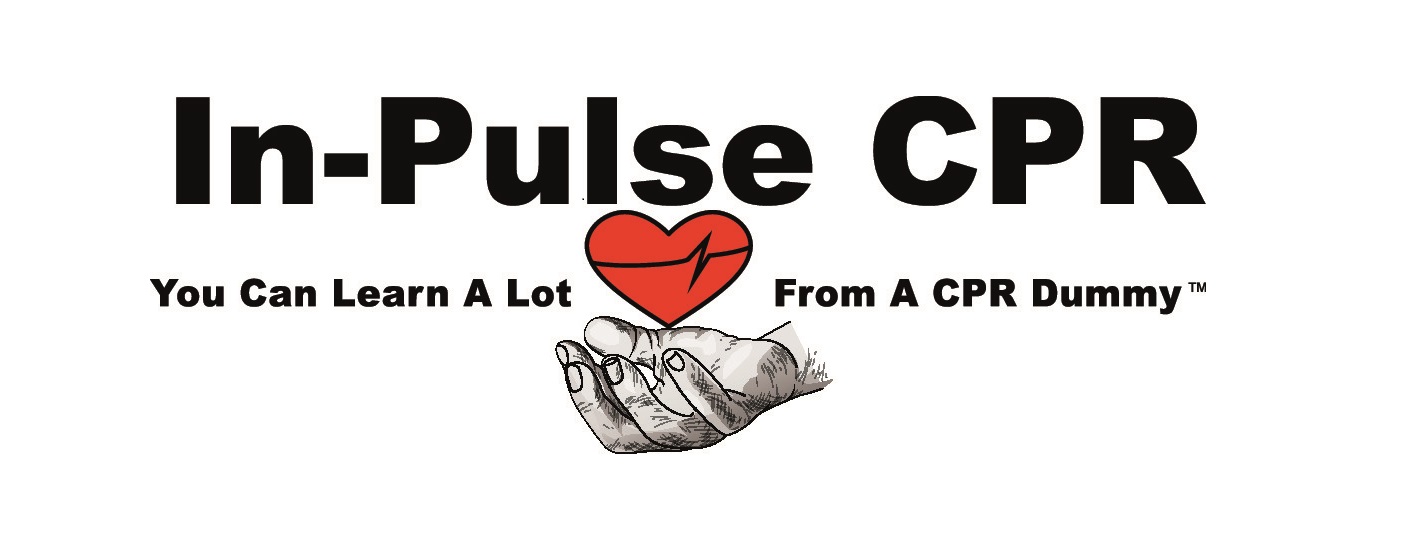
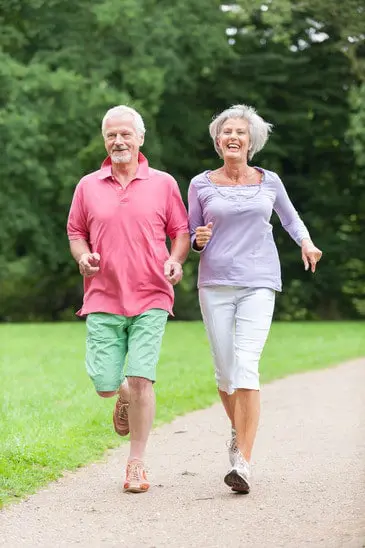

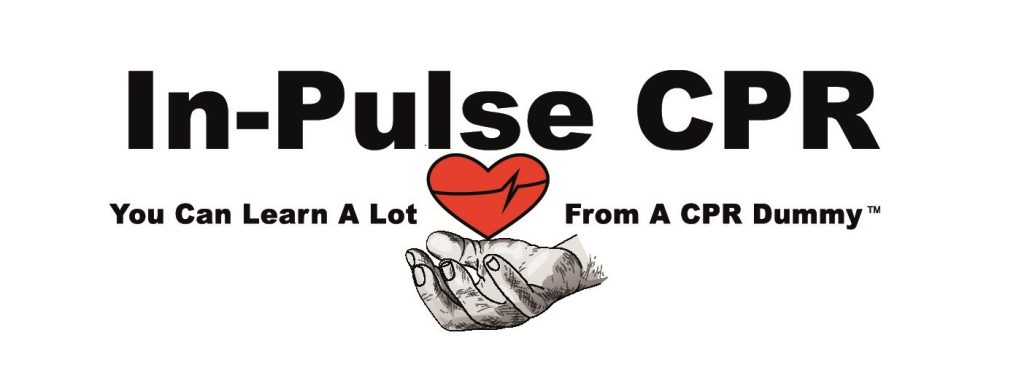






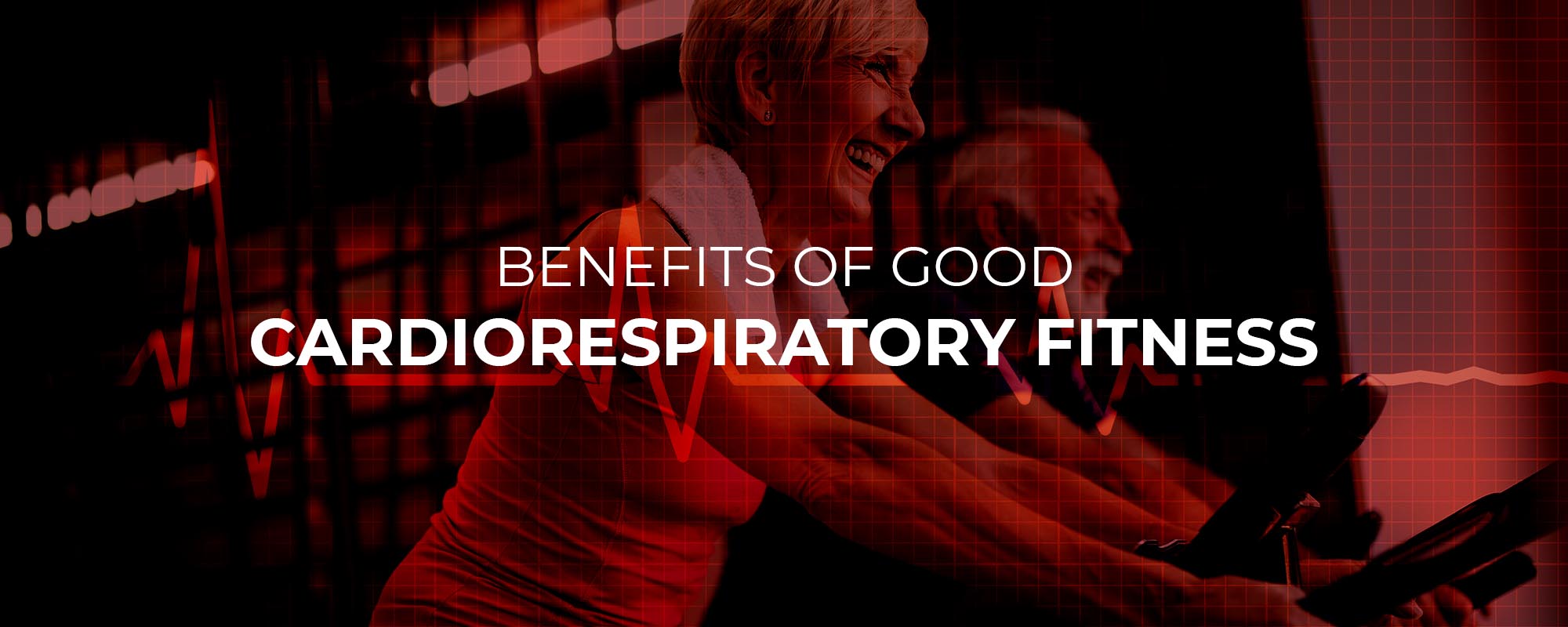
 obic, endurance or cardio exercise, cardiorespiratory activities, this form of exercise relies upon the ability of your body to provide yourself with enough oxygen to engage in sustained exercise.
obic, endurance or cardio exercise, cardiorespiratory activities, this form of exercise relies upon the ability of your body to provide yourself with enough oxygen to engage in sustained exercise.